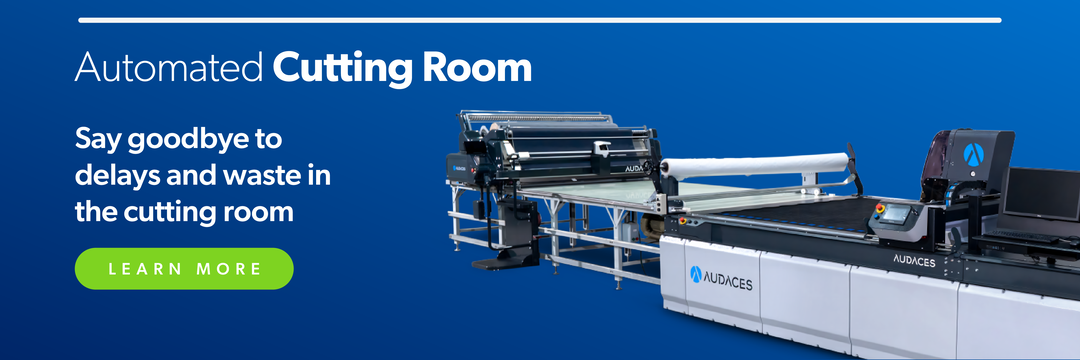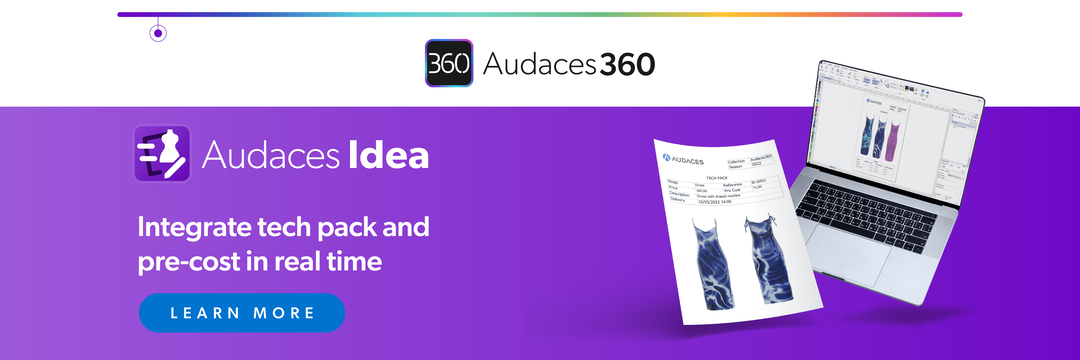Summary
- Continuous production streamlines textile manufacturing by reducing downtime.
- It allows for better planning, cost control, and consistent product quality.
- Want more insights into the fashion industry? Subscribe to our newsletter!
Imagine a textile production line that never stops, where processes flow seamlessly from start to finish. That’s the essence of the continuous production business model, a system designed to maximize efficiency.
In this article, you’ll learn exactly how continuous production works, with practical examples and tangible benefits. We’ll explain how workflow design, equipment management, and process integration all come together to keep production running smoothly.
Get ready to explore the details, examples, and advantages of continuous production.
Enjoy the read!
Sumário
What is continuous production?
Continuous production is a manufacturing process designed to operate without interruptions, ensuring that materials move seamlessly through every stage of production.
Unlike traditional batch methods, continuous production focuses on maintaining uninterrupted flows. It allows factories to achieve consistent output and reduce delays caused by stopping and starting machinery.
This approach is especially effective for high volumes of standardized products. By keeping the production line running continuously, manufacturers can meet large-scale demand while minimizing waste and inefficiencies.
It emphasizes speed, reliability, and consistency, ensuring that each step of the manufacturing process contributes to a steady, predictable output. For managers, this translates into better planning, lower costs, and higher overall productivity.
Batch production vs. Continuous production: what’s the difference?
These represent two very different manufacturing methods.
Batch production processes items in separate groups or “batches”. This means pausing the production between runs to prepare for the next batch. In contrast, continuous production relies on a continuous flow, where materials move steadily through the system.
The differences are particularly noticeable in manufacturing. Batch manufacturing can be more flexible, allowing for varied products or customized runs. However, they often result in higher labor costs, longer lead times, and more potential for errors.
Continuous flow, on the other hand, prioritizes speed and uniformity. It’s ideal for high-volume operations where consistency is critical.
Choosing between these manufacturing methods depends on a company’s goals, product type, and demand levels. While batch production can be useful for specialized items or smaller runs, continuous production is unmatched for large-scale.
Learn more: 5 strategies to optimize your production with efficient fashion
Examples of continuous production in fashion
Many processes benefit from uninterrupted workflows. These are the most common ones:
Basic t-shirt manufacturing

This is one of the key examples of a continuous production line in the fashion industry. From fabric preparation to cutting, sewing, and finishing, each stage flows seamlessly into the next. It helps reduce downtime and increase efficiency.
Factories that use a continuous production line can transform rolls of fabric into finished shirts almost seamlessly.
In high-demand scenarios, this model allows manufacturers to maintain a steady rhythm without interruptions. This ensures that each shirt meets size and quality standards.
Classic jeans production
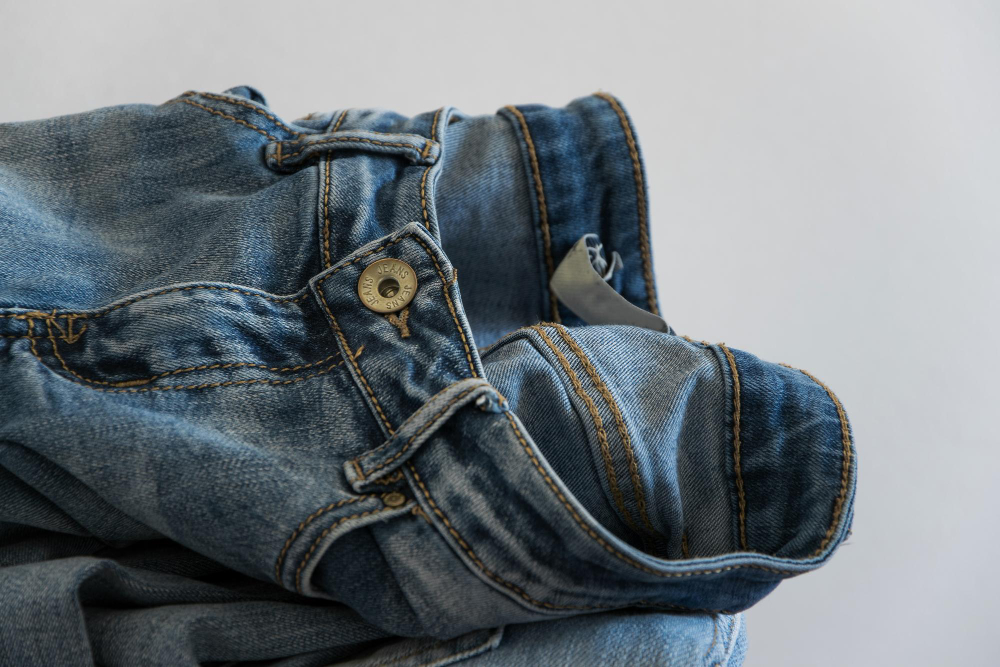
Jeans are a blend of durability and style, and producing them efficiently requires more than just sewing. With continuous production, manufacturers can synchronize complex steps like hardware attachment and washing, into a cohesive operation.
Each batch of denim progresses with careful timing, ensuring that seams, rivets, and washes are consistent. By the time the garments reach the final stage, the finished products reflect uniform quality.
They are ready for the shelves without rework or delays!
Learn more: 4 key steps to streamline your fashion production process
Underwear and socks production

Even small items like underwear and socks demand precision. Continuous production keeps knitting, cutting, and sewing in constant motion. This way, every piece aligns with strict quality and sizing standards.
The goal should always be to pair automation with skilled operators. They monitor delicate fabrics, handling soft materials and elastic components correctly. This combination of technology and oversight reduces errors and maintains a steady output.
School and corporate uniforms

Uniform production requires exact color matching, consistent sizing, and adherence to brand specifications. Large orders benefit from this uninterrupted rhythm, which keeps batches moving steadily without bottlenecks.
Every garment passes through quality control as part of the ongoing flow, maintaining uniformity across all items.
Learn more: How to boost production capacity in fashion manufacturing?
Fabric production (knitting and weaving)
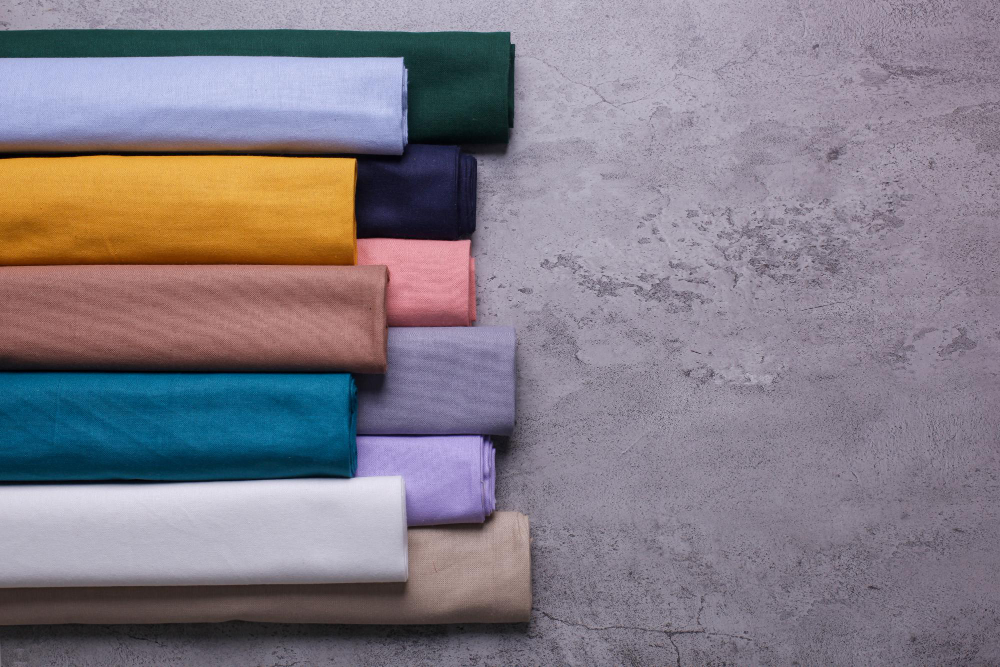
Fabric is the foundation of all garments. Producing it efficiently requires careful orchestration.
Knitting and weaving operations that adopt continuous production can transform yarn into high-quality fabric rolls with minimal downtime.
Machines work in harmony, producing consistent textures and densities while reducing energy waste and labor inefficiencies.
Meanwhile, operators focus on monitoring quality rather than repeatedly restarting processes, which improves overall output.
Ready to take your company to the next level and maximize productivity? Get our free exclusive guide filled with expert tips to make it happen!
6 benefits of investing in continuous production
Investing in continuous production can transform textile manufacturing by streamlining operations and improving overall efficiency.
Let’s explore six key benefits of adopting continuous production and how they help managers optimize their operations.
1) High production efficiency
Continuous production allows textile factories to maintain a smooth, uninterrupted workflow, eliminating the frequent stops common in batch production. This steady rhythm reduces idle time for machines and operators, keeping every stage of manufacturing in motion.
Managers also benefit from improved scheduling and resource use. With higher efficiency, production targets are easier to meet, allowing for faster delivery and a more responsive supply chain.
Learn more: How to achieve cleaner production in clothing manufacturing
2) Lower unit costs
This approach reduces waste by minimizing downtime, defective items, and energy inefficiencies. Companies can use machines and operators to their full potential. The result is spreading fixed costs across a larger volume of products.
Manufacturers can optimize labor, reduce overtime, and cut costs associated with frequent setup times. These savings directly impact the unit cost of each garment.
Lower unit costs make products more competitive in the market and increase profitability for the factory.
3) Consistent quality
Maintaining consistent quality is critical in fashion production. Continuous manufacturing ensures that each garment passes through the same carefully controlled processes, reducing variability.
Moreover, automation and standardized workflows help maintain precision in cutting, sewing, and finishing. Even high-volume production benefits from uniform sizing, color, and fabric handling.
Managers can monitor quality in real-time and detect deviations immediately, rather than addressing issues after batch completion.
Learn more: 5 fashion production performance indicators to monitor
4) Ability to meet high demand
When demand spikes, factories using continuous production can keep up without halting operations or overburdening staff.
This is particularly valuable for seasonal collections, promotional campaigns, or urgent retail orders. Production lines can operate at full capacity without sacrificing quality or efficiency.
5) Easy technology integration
Continuous production lines are ideal for incorporating new technologies, from automated cutting machines to digital quality monitoring systems. Because workflows already have a robust structure, it’s possible to add new tools without major disruptions.
Technology integration enhances accuracy, reduces human error, and provides data for better decision-making. You can track output, identify bottlenecks, and optimize production in real-time.
In the long term, continuous production combined with advanced technology creates a smarter, more agile manufacturing environment.
6) Predictable production
Another benefit of the continuous approach is that it provides predictability across every stage of manufacturing. When processes run without interruptions, managers can accurately forecast output, schedule shipments, and plan inventory.
This reliability reduces stress on teams, prevents last-minute bottlenecks, and ensures your company meets deadlines consistently. In addition, predictable production improves relationships with suppliers and clients, as lead times become more dependable.
Learn more: How can a good cutting plan transform your production?
Automate your continuous production with Audaces solutions
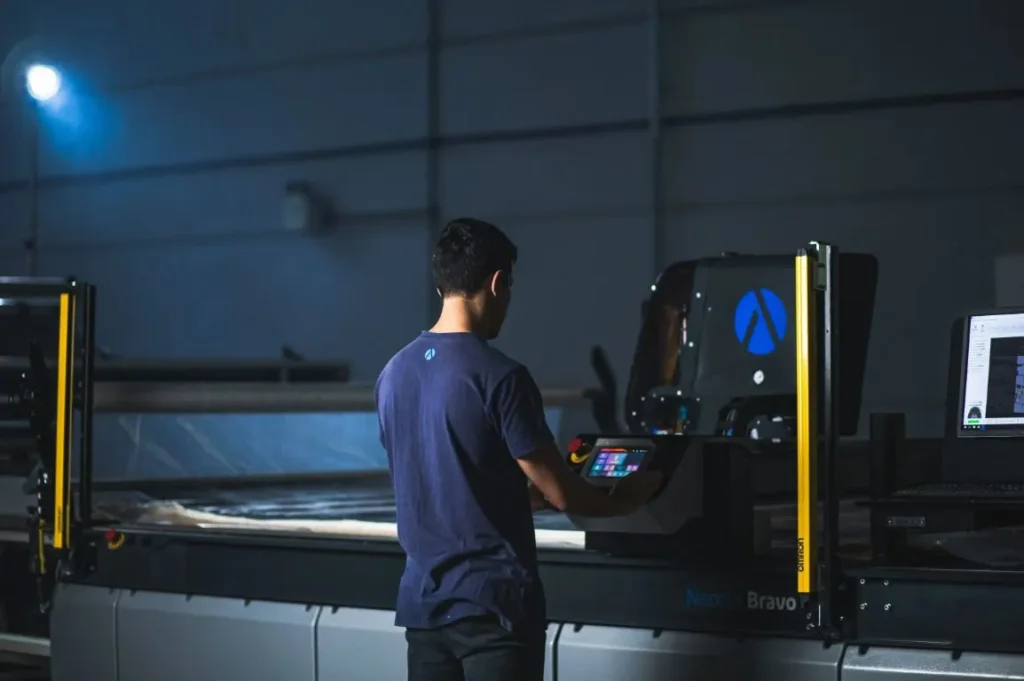
Audaces360
Audaces360 integrates cutting-edge digital innovations to optimize workflows in the textile and apparel industry.
It caters to companies of all sizes and types, offering the flexibility to scale with your business needs.
All solutions were carefully developed to address the specific challenges of the field. They streamline the design and production processes, saving valuable time and resources.
The platform boasts a comprehensive range of functionalities, including pattern making, marking, collection management, vector drawing, and 3D creation.
In addition, a fashion Artificial Intelligence to assist you along the way.
Audaces Cutting Room
By embracing cutting-edge technology, garment manufacturers can achieve significant improvements in the production process. From greater design flexibility to enhanced efficiency and reduced costs.
This is where Audaces Cutting Room steps in. Our experts will thoroughly assess your company’s needs and create a comprehensive report.
Then, our team will develop a personalized project to achieve your goals and unlock your company’s full potential.
Rely on Audaces’ cutting-edge machinery to automate your production process. Achieve impeccable cuts on curves and details, speeding up your deliveries and minimizing fabric waste through automation.
Discover Audaces360 and unlock a world of possibilities for fashion design and production. Explore our comprehensive suite of solutions today!
FAQ
Continuous production is a manufacturing process designed to operate without interruptions, ensuring that materials move seamlessly through every stage of production.
Batch production processes items in separate groups or “batches”. This means pausing the production between runs to prepare for the next batch. In contrast, continuous production relies on a continuous flow, where materials move steadily through the system.
They include high efficiency, lower unit costs, consistent quality, ability to meet high demand, and predictable production.



